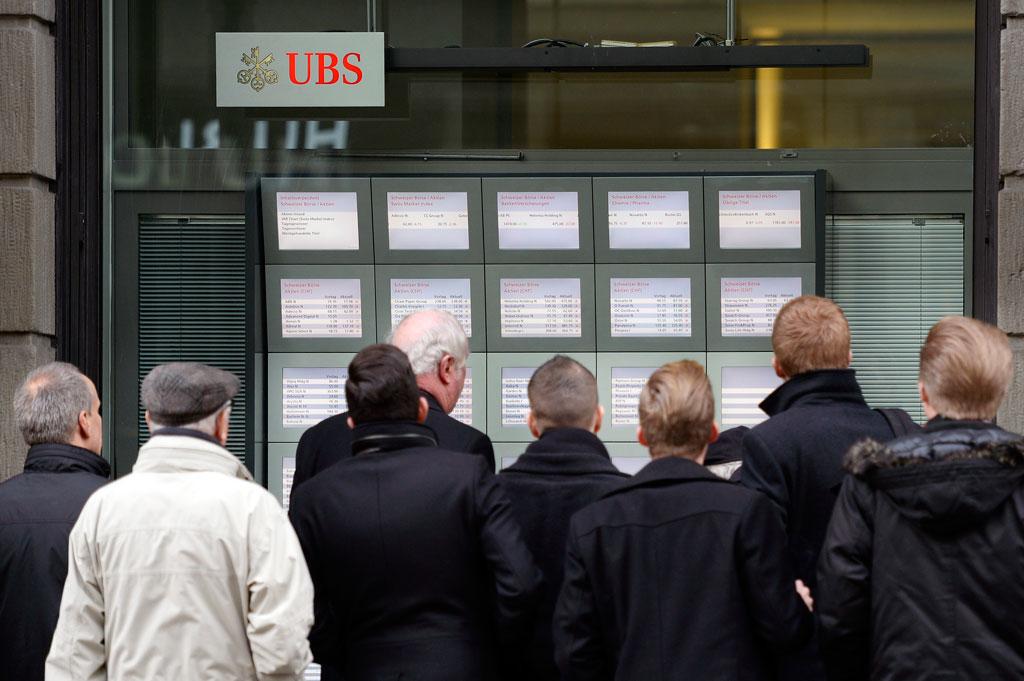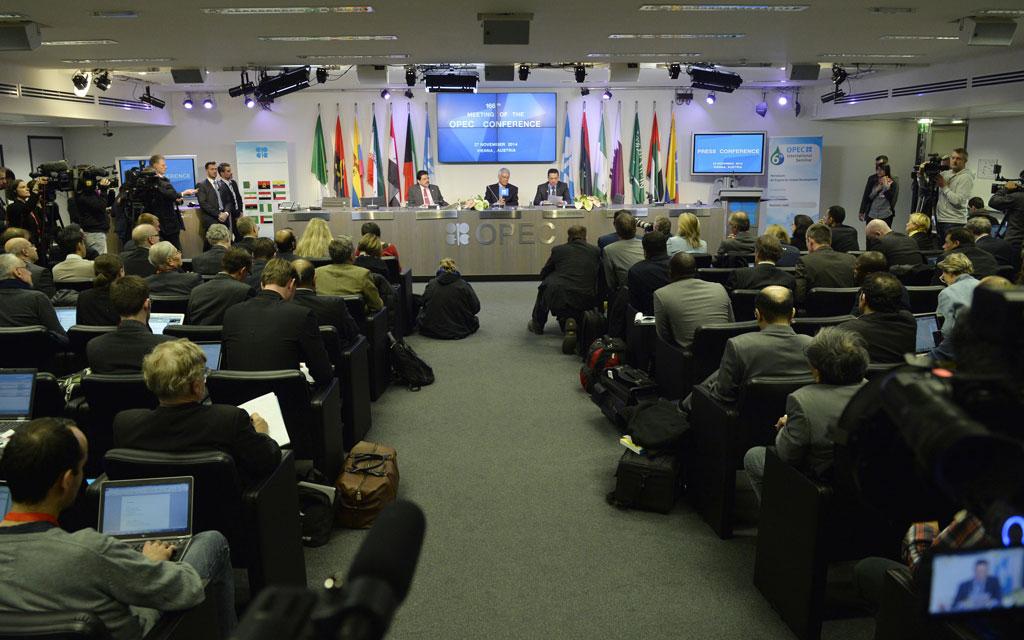LONDON—Rarely has one statement prompted such a dramatic move in currency markets.
The Swiss franc achieved a turbo-charged lift Thursday after the Swiss National Bank, or SNB, ditched an increasingly expensive policy to limit the export-sapping rise of the currency. Within minutes of the early morning announcement, the currency spiked around a third against the euro and the dollar while Swiss shares tanked, prompting confusion and a fair degree of anger across trading room floors.
The decision by the SNB to call time on its efforts to prevent the euro from trading below 1.20 francs was a huge surprise and came amid mounting speculation that the European Central Bank will next week back a big stimulus program that will put more euros in circulation which would further dilute their value. That expectation has pushed the euro down to near-decade lows against the dollar.
As the outlook for the euro has darkened, the cost for the Swiss central bank of defending the peg by buying euros or selling francs has risen.
Though the timing of the Swiss decision proved a surprise, most foreign exchange experts thought thepeg would have to be abandoned, just as previous such efforts had. In 1992, for example, the British pound suffered similarly dramatic losses as it crashed out of a fixed exchange-rate system that was then operating in Europe.
Like the Bank of England then, the Swiss central bank faced a tough task controlling its currency. That was evident in the franc’s movements in the markets after it abandoned the peg. The euro plunged to a low around the 0.85 francs mark in the minutes after the decision, before recovering somewhat to trade 13 percent lower at 1.04 francs.
It wasn’t just the euro that got caught up in the franc’s frenzied moves. The dollar initially plunged by a similar amount, though it also recouped some of its kneejerk losses to trade 15 percent lower at 0.8884 francs.
“For years central banks have tried to avoid days like today by being transparent and making moves like this over time while drip feeding their intentions to the markets,” said Craig Erlam, market analyst at Alpari. “The SNB have shown themselves to be amateurs today and there are many people that will suffer considerably as a result.”
Despite the backlash, the SNB will face from those who are nursing potential losses that could run into billions, many analysts thought the decision was inevitable in light of next week’s expected announcement by the ECB to break new ground in its efforts to inject life into the ailing 19-country eurozone economy. Its stimulus package is expected to be worth as much as 1 trillion euros ($1.17 trillion).
“The SNB clearly expected to see a huge surge of inflows in the week ahead and saw little reason to provide these buyers of francs with an artificially cheap rate,” said Simon Derrick, chief currencystrategist at BNY Mellon.
The Swiss central bank argued that the “exceptional and temporary” measure to protect the Swiss economy was “no longer justified.”
The peg, which was introduced in Sept. 2011, was an attempt to halt the rise of the franc — a traditional haven currency for investors — against the euro at a time when the eurozone debt crisis was at its height. The strong franc was then particularly problematic for Swiss exporters, who were forced to drastically cut prices to remain competitive.
Thursday’s move prompted a painful 8.7 percent drop in Switzerland’s stock market as investors took fright at the worsening outlook for Switzerland’s traditional exporters, such as those selling chocolate or ski holidays.
And as in the eurozone, there’s a growing fear that the country will suffer a sustained period of falling prices, or deflation. A stronger currency makes imports cheaper, further dampening inflation — in the year to December, prices fell 0.5 percent.
In an effort to contain the franc’s future appreciation and limit any damage to the Swiss economy, the central bank also lowered a key interest rate — what it charges commercial banks to deposit at the bank — to minus 0.75 percent from minus 0.25 percent. The hope is that it dissuades banks from parking their cash at the national bank, opting instead to invest in the Swiss economy.
However, many analysts think the franc will continue to rise. The currency often gets bought up in times of global uncertainty, and that’s not going to change easily. The franc’s value will remain sensitive to developments around the world, including the crisis in Russia and the oil market slump.
In a press conference following the decision, the Swiss central bank’s president, Thomas Jordan, laid out the hope that the “huge overvaluation” of the franc will not persist long.
“We assume that this situation will correct itself,” he said. “What we are now observing is a clear exchange rate overshoot — the franc is clearly overvalued at these levels.”
The Swiss trade union federation, SGB, warned that the central bank’s decision could cost jobs and weigh on salaries.
It’s not just the Swiss who are facing potentially strained times ahead. Many people in countries like Greece, Hungary and Poland have their mortgages denominated in the Swiss franc. Thursday’s big moves will make them more difficult to repay.
From The Associated Press. Frank Jordans and Geir Moulson in Berlin and Vanessa Gera in Warsaw, Poland contributed to this report.



